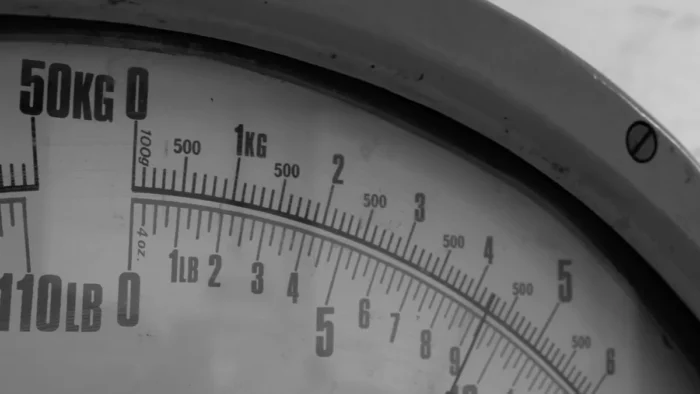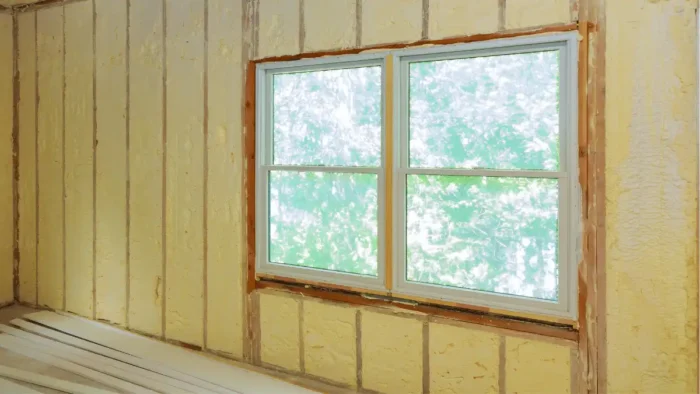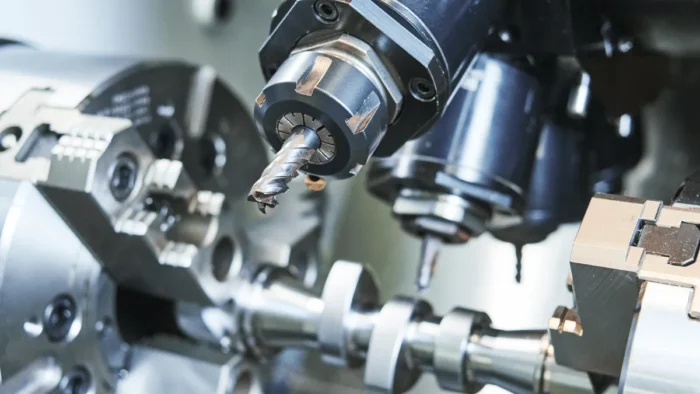While solar panels perform the difficult job of producing solar energy from sunlight, making a solar panel can be easy when designed professionally in a well-run factory. The principal elements that make up a solar panel include silicon, solar cells, glass, and metal. Each of these elements is subsequently combined to create a solar panel that can generate energy from renewable sources.
We’ll guide you through the steps of the way solar panels are created, beginning with the photovoltaic cells, solar module production up to the frame before they are delivered to be put onto your rooftop by a builder.
What Is a Solar PV Module and Its Components
The photovoltaic (PV) module is a device that transforms light into electrical energy. Photovoltaic production machines are a crucial component of a solar energy system. The module converts light into energy, then transmits it as direct current (DC) electricity to an inverter. The inverter then converts the power into alternate current (AC) electricity that most household appliances use.
A PV module is made up of several parts, including:
- Solar cells
- Busbars
- Encapsulant
- A back-sheet
- A-frame
- A glass
- A junction box
The components are put together in a solar panel production process involving various stages and machines. Many machines are used in the production of renewable energy as well as solar power production. Each machine can complete a step in making the solar module.
For instance, stringers join the solar cells, foil cutters cut the back sheet and place the back sheet over the module, while framers position the module in frames.
The Solar Panel Manufacturing Process
Making solar PV panels usually includes several steps, such as producing wafers, cells, and PV module manufacturing and testing.
- The wafer production process involves forming the silicon crystal in one piece and cutting the crystal into wafers of thinness.
- Cell production requires attaching a metal conductor to the wafer before covering it with a photovoltaic material.
- Solar module production involves assembling cells into a module before adding a layer of protection made of plastic or glass.
What Is the Technology Needed to Produce Solar Panels?
The manufacturing of solar panels involves a range of processes, technologies, and efficient solar manufacturing machines that ensure efficient and reliable solar module production and photovoltaic (PV) systems. These technologies can be categorized into material fabrication, cell production, and module assembly.
Material fabrication includes creating different materials that make up the physical structure of the solar module, such as photovoltaic cells, wafers, wire interconnect parts, glass, plastics, and frame materials.
- Crystal Growth: Silicon crystals are cultivated in a specific furnace to produce ingots later cut into thin wafer slices.
- Lamination – several layers of foil are laminated onto glass or plastic material to form the final PV module.
- Molding and casting– plastics, framing, and junction boxes are formed or cast into shapes.

Cell Fabrication
Slicing is the most common method for making solar cells constructed from multi-crystalline or monocrystalline silicon wafers.
- Template Grids: they are printed on the cell’s surface to increase the size of the exposed material, thus increasing the efficiency of cells.
- Doping – highly impure silicon is transformed into a non-conducting substance capable of producing the current and carrying it.
Module Assembly
Soldering makes individual cells joined by wires and then soldered to create the solar panel.
- Coding: All PV modules are equipped with a unique sequence of numbers and code printed on the back of the module to indicate the brand, model, and specifications.
- Framing – cells are enclosed within an aluminum, steel, or any other frame made of metal which provides additional structural rigidity.
It is continually using new materials, technologies, and processes that can increase efficiency, cut production costs and boost the overall performance of products. Manufacturing companies must look for technologies that allow them to incorporate their current production systems as well as technology that could provide additional benefits for production, like increased efficiency and less expensive costs.
Conclusion
The solar panel manufacturing industry is thriving and has great growth potential. To achieve maximum returns on investments and reduce costs, it’s essential to invest in quality solar production machines, use effective strategies, and stay current with industry trends and advancements. Investing in solar panel manufacturing can also contribute positively to the environment, economy, and society.





